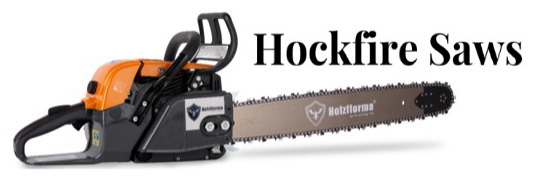Chainsaw Jim
Con Artist LLC
- Local time
- 11:59 PM
- User ID
- 836
- Joined
- Feb 8, 2016
- Messages
- 4,014
- Reaction score
- 90
- Location
- Springfield Oregon
So I'm trying to wrap part of my head around this whole compression thing that seems to have a few differing opinions and or reported results.
I took two 5 cube saws and comp checked both to compare something. One maxes out at 240psi the other maxes out at 150psi. The 240psi saw consistently reached 90psi on every first pull while the 150psi saw consistently reached 95psi on every first pull. Same length pull rope and it seemed like each of the two turned over an equal number of times per pull.
Does this mean they have the same running compression?
I took two 5 cube saws and comp checked both to compare something. One maxes out at 240psi the other maxes out at 150psi. The 240psi saw consistently reached 90psi on every first pull while the 150psi saw consistently reached 95psi on every first pull. Same length pull rope and it seemed like each of the two turned over an equal number of times per pull.
Does this mean they have the same running compression?






